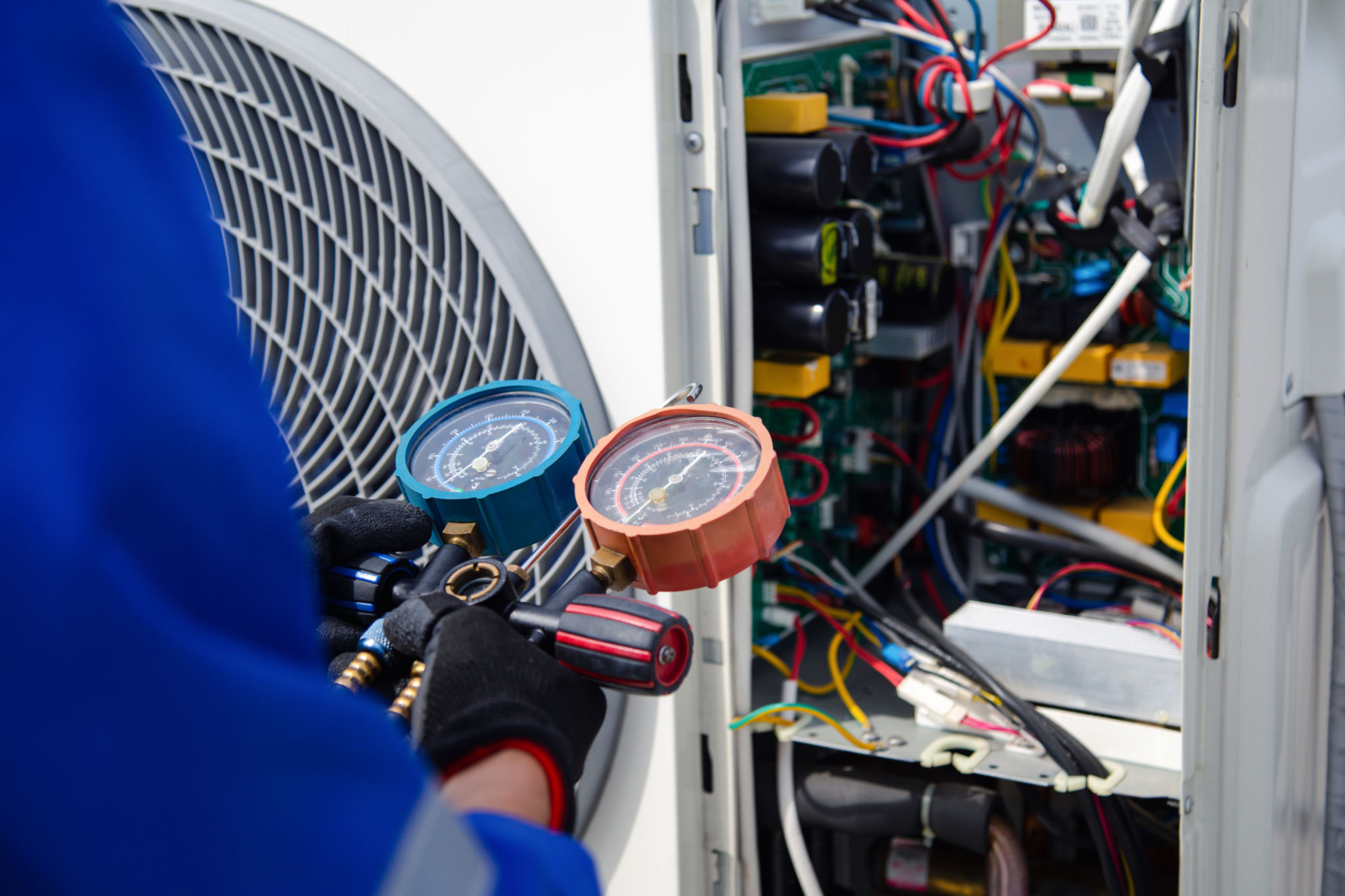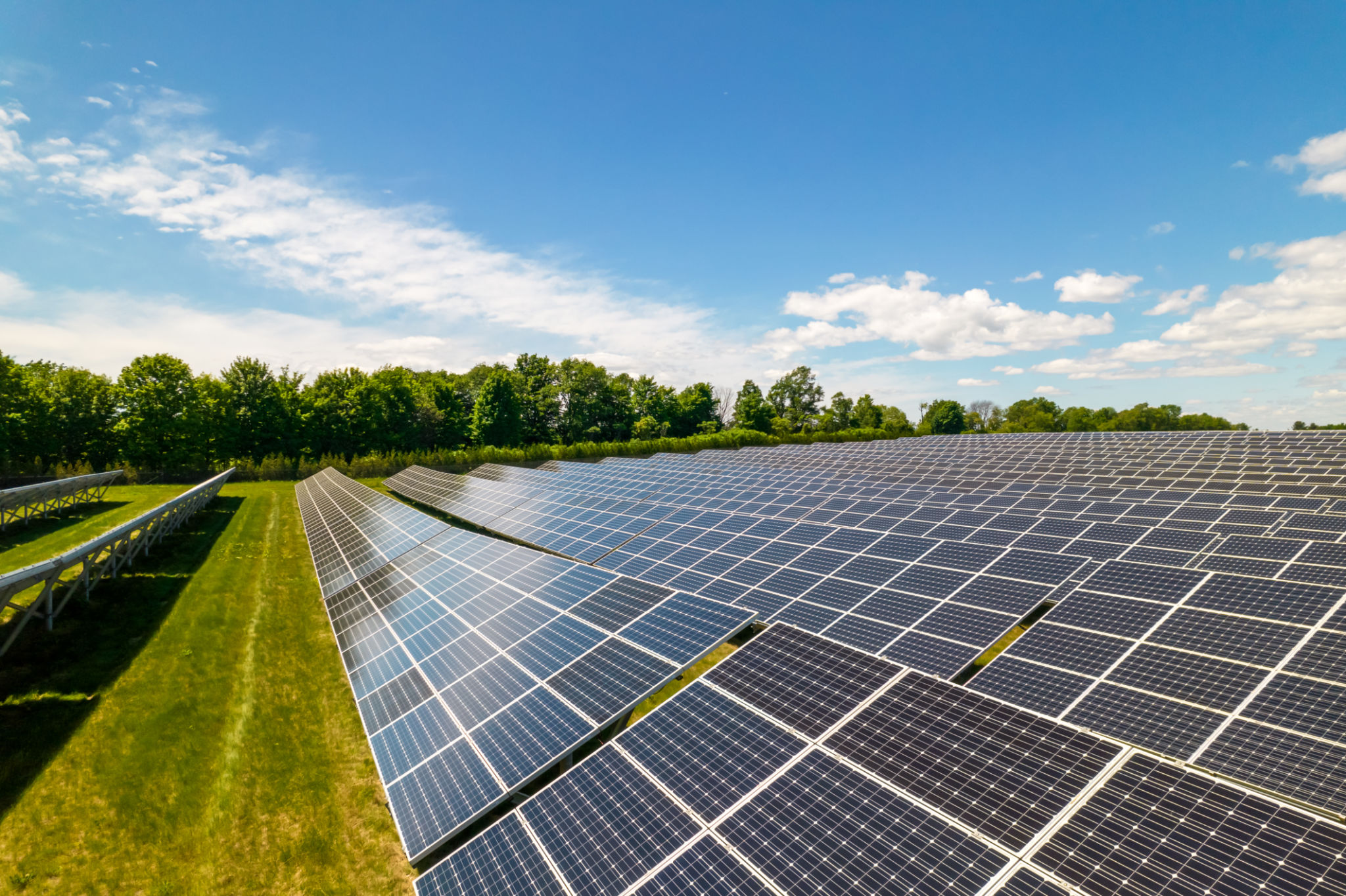Innovative Greenhouse Solutions for Tropical Climates
Adapting Greenhouses to Tropical Climates
Greenhouses have long been a cornerstone for agriculture, providing controlled environments that optimize plant growth. However, traditional greenhouse models often face challenges when implemented in tropical climates. The high humidity, intense sunlight, and unpredictable weather patterns demand innovative solutions to ensure their effectiveness.
One of the primary challenges in tropical climates is managing the intense heat. Employing shading techniques, such as retractable shade cloths or using reflective materials, can help mitigate excessive solar radiation, keeping the internal temperature manageable for plant growth.

Advanced Ventilation Systems
Ventilation is crucial in tropical greenhouses to maintain air circulation and control temperature and humidity levels. Advanced systems like automated roof vents, exhaust fans, and sidewall vents can be integrated to enhance airflow. These systems can be linked to climate control sensors that adjust the ventilation parameters based on real-time data.
Additionally, incorporating natural ventilation methods, such as strategically placed openings that harness prevailing winds, can further aid in maintaining a balanced internal environment. These passive methods not only reduce energy consumption but also offer a sustainable solution for air exchange.

Water Management Strategies
In tropical climates, water management within a greenhouse is pivotal. Implementing efficient irrigation systems such as drip irrigation or hydroponics can ensure that plants receive adequate water without contributing to excess humidity. These systems deliver water directly to the plant roots, reducing waste and evaporation.
Furthermore, rainwater harvesting systems can be utilized to collect and store water during heavy rainfall, providing a sustainable water source that can be used for irrigation during drier periods. This not only conserves water but also minimizes the reliance on external water supplies.

Utilizing Sustainable Materials
The choice of materials in constructing greenhouses for tropical climates is crucial. Using durable and weather-resistant materials such as polycarbonate panels or UV-treated polyethylene can withstand harsh weather conditions while promoting optimal light diffusion inside the greenhouse.
Sustainable materials also contribute to the longevity and efficiency of the greenhouse structure. Recyclable and locally-sourced materials reduce the carbon footprint and support local economies, making them an ideal choice for environmentally conscious growers.

Harnessing Renewable Energy
Incorporating renewable energy sources such as solar panels can significantly reduce the operational costs of a greenhouse in tropical regions. Solar energy can power everything from irrigation systems to climate control technologies, enabling a more self-sufficient and eco-friendly operation.
The abundant sunlight in tropical areas offers a great opportunity for harnessing solar energy. By integrating photovoltaic panels into the design, growers can capitalize on this renewable resource to enhance their greenhouse's sustainability.

Conclusion
Innovative greenhouse solutions tailored for tropical climates offer a multitude of benefits by addressing the unique challenges posed by these environments. By implementing advanced ventilation systems, efficient water management strategies, sustainable materials, and renewable energy sources, growers can maximize productivity and sustainability.
As technology continues to advance, these solutions will only become more refined and accessible, paving the way for more resilient agricultural practices that align with both environmental and economic goals. Embracing these innovations is essential for thriving in the ever-evolving landscape of tropical agriculture.
